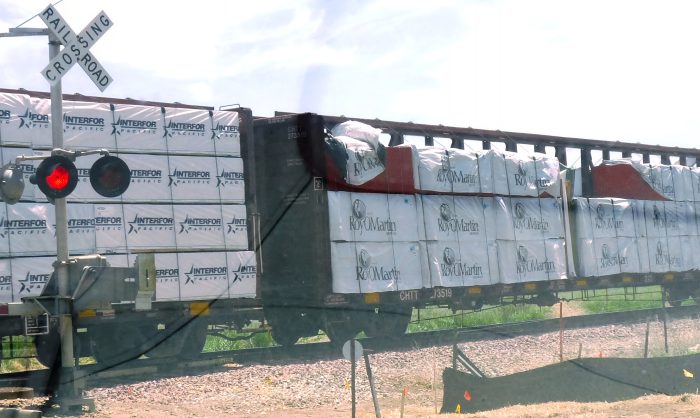Shingle buckling Article by Dave Logan



Plywood and oriented strand board (OSB) used for roof sheathing leave the mill at around 4% to 6% moisture. Panels are banded together into stacks and wrapped in plastic before being shipped to distribution lumber yards and finally to local lumber yards. From there, a stack is trucked to a jobsite and installed on a roof.
Before shingles are applied, sheathing panels should be allowed to aclimate to the jobsite environment in which the moisture vapor content of the air (humidity) will be higher than that of the panels (pretty much all jobsites). Panels should be allowed to reach equilibrium moisture content (EMC) with the jobsite environment before shingles are applied. Otherwise...
As they absorb moisture from the air, panels will expand slightly and the spaces between panels will shrink. If shingles are installed before panels have acclimated, as panels expand, shingles will buckle upward above panel joints. Because more expansion occurs along the long axis of the panels, buckling will be more prominent at vertical panel joints.
Note: this condition is not caused by swelling of panel edges, but by expansion of each entire panel.
Although correction is not cost effective, this condition is mostly cosmetic. Buckled shingles will be more vulnerable to impact from hail and foot traffic.
